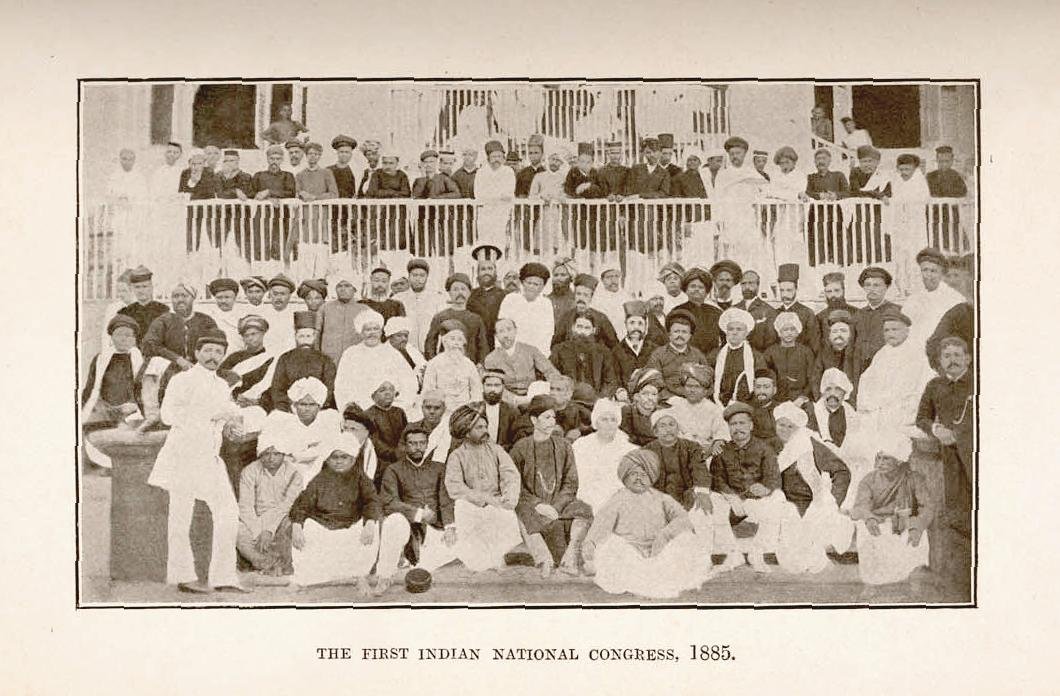The Founding of the Indian National Congress (INC) on December 28, 1885, marked a significant turning point in India’s fight for independence from British colonial rule. The INC emerged as a pivotal political party that played a crucial role in shaping the course of the Indian independence movement. This article explores the historical background, the formation of the INC, and its evolution into a mass movement.
Historical Background:
During the late 19th century, India was under British colonial rule, and Indians were subjected to various oppressive policies and discriminatory practices. The need for a unified political platform to voice the concerns and aspirations of the Indian people became evident. This led to the formation of the Indian National Congress.
Formation of the Indian National Congress:
The Indian National Congress was founded by a group of educated Indians and British officials who believed in the idea of Indian self-governance. The first session of the INC was held in Bombay (now Mumbai) on December 28, 1885, with 72 delegates in attendance. A.O. Hume, a retired British civil servant, played a crucial role in the formation of the organization.
The early years of the Indian National Congress were characterized by moderate and constitutional methods of protest against British rule. The initial aim was to establish a platform for dialogue between Indians and the British government to address the grievances of the Indian people. The early leaders of the INC, such as Dadabhai Naoroji, Surendranath Banerjee, and Gopal Krishna Gokhale, advocated for reforms and representation of Indians in the British administration.
Evolution into a Mass Movement:
As the years went by, the Indian National Congress underwent a transformation and evolved into a mass movement. The INC started to mobilize people from different regions and social backgrounds, uniting them under the common goal of independence. The leadership of prominent figures like Mahatma Gandhi, Jawaharlal Nehru, and Subhas Chandra Bose further galvanized the movement.
The Indian National Congress adopted various strategies to challenge British rule. These included non-cooperation, civil disobedience, and boycotts of British goods. The historic Salt March led by Mahatma Gandhi in 1930, where thousands of Indians marched to the Arabian Sea to produce their own salt in defiance of the British salt monopoly, became a symbol of resistance.
The INC also played a crucial role in drafting the Indian Constitution after independence. The Constituent Assembly, which included many members of the Indian National Congress, worked tirelessly to create a democratic framework that would ensure the rights and freedoms of all Indian citizens.
Conclusion:
The Founding of the Indian National Congress in 1885 marked a significant milestone in India’s struggle for independence. From its humble beginnings as a forum for dialogue, the INC transformed into a mass movement that united Indians from all walks of life. The sacrifices and efforts of the leaders and members of the Indian National Congress paved the way for India’s eventual independence in 1947.
The legacy of the Indian National Congress continues to resonate in modern-day India. It remains one of the oldest political parties in the country and has played a crucial role in shaping India’s democratic institutions. The INC’s founding on December 28, 1885, remains a landmark event in Indian history, symbolizing the collective aspirations of the Indian people for self-governance and freedom.
SEO Excerpt:
The Founding of the Indian National Congress (INC) in 1885 was a pivotal moment in India’s struggle for independence. This article explores the historical background, formation, and evolution of the INC into a mass movement. Learn about the key figures, strategies, and the lasting impact of the Indian National Congress on India’s democratic institutions.

